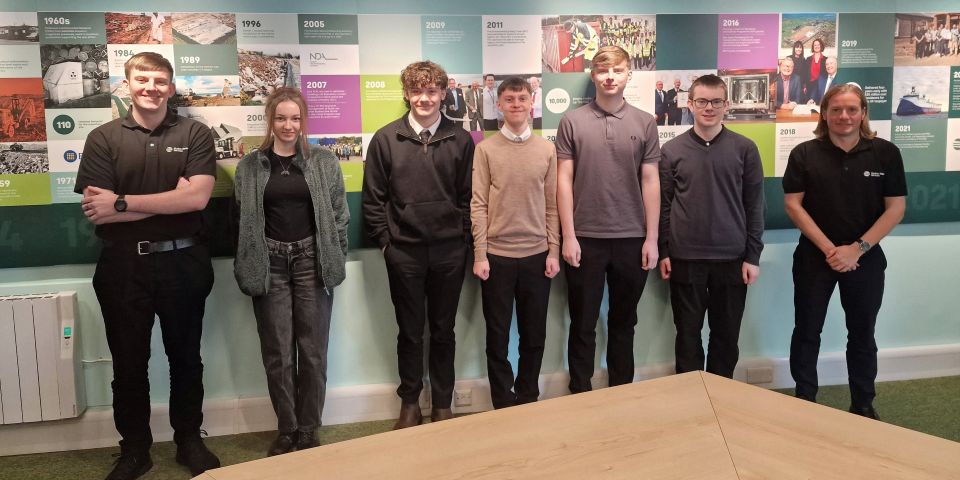CROCUS: The CROCUS research reactor, which is licensed to operate at 100 watts, operates at room temperature with a controlled water loop, two heat exchangers, and an electric heater. The core, filled with demineralized water, is inside an aluminum vessel that is 130 centimeters in diameter. The core’s cylinder-shaped active zone consists of two interlocked fuel zones with square lattices.
Lamirand, who has a doctorate in nuclear physics from France’s Institute for Radiation Protection and Nuclear Safety, said that his research with CROCUS ranges from “reactor physics (e.g., noise, fuel vibration, kinetics) to nuclear data experiments (iron cross sections, delayed neutrons) and instrumentation developments (detectors, in-core devices, etc.).”
LEGO: toy and teaching tool: Lamirand designed his model using LEGO’s official Studio software and then ordered the bricks to create a physical model of his design. The model, made of about 650 pieces, “is built to be sturdy and all parts are easily accessible, allowing you to explore its features in-depth,” as described by Lamirand.
His model “includes all essential components of CROCUS: vessel” and is designed “to help students visualize and manipulate each part. For example, they can unload the core to examine the core and vessel internals, move the water spillway and absorber rods, and use the viewing window and openable vessel for better observation,” Lamirand said.
In true scientific fashion, Lamirand is studying the benefits of using the LEGO model as a teaching tool, “Currently, I’m in the testing phase, conducting a study on its impact in class,” he said. “The model is highly effective in showing and explaining aspects that students might miss even after an extensive visit to the real reactor. It serves as an intermediate tool . . . to discuss the concepts, systems operation, and experiments.”
Supporters wanted! Lamirand’s model might eventually be considered for commercial production by the LEGO company if it garners a sufficient number of supporters on the LEGO Ideas website. He explained that the model “needs 10,000 supporters to reach LEGO’s evaluation phase. With this milestone, the model could be considered as an official LEGO set for the public. After a month, it has gained around 500 supporters, which is promising, considering the project’s unique scope.”
Once the model reached 100 supporters, LEGO extended the deadline to one year for leaving feedback and support. To view Lamirand’s LEGO CROCUS and learn more about the model, visit his project page.
There's more: Read an earlier story about another LEGO reactor here.









